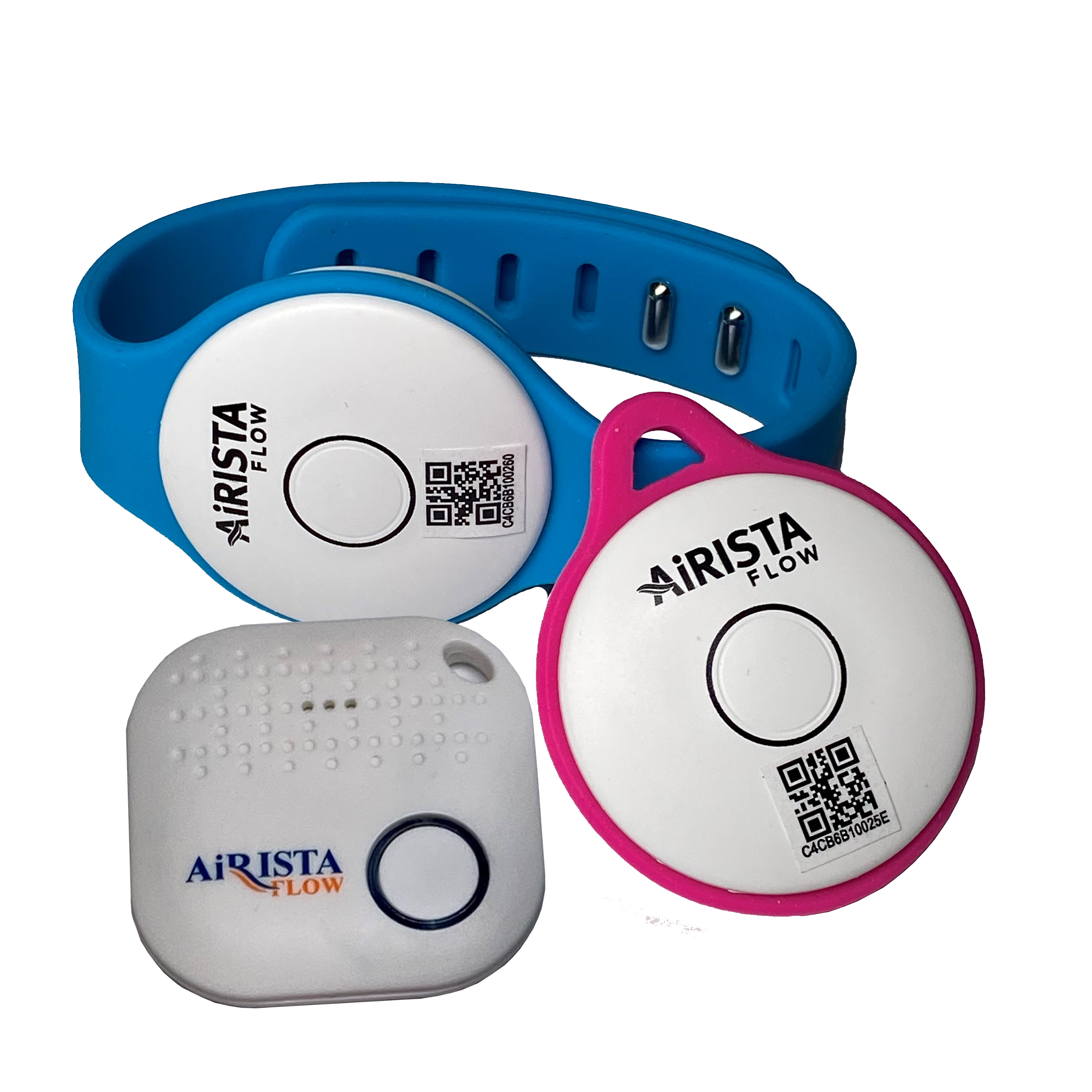Americans spend twice as much on healthcare as other industrialized countries, but by many measures we are less healthy. So what is driving the higher costs? Prescription drug prices are an obvious culprit as are higher salaries paid to healthcare professionals, but the amount of waste in the system is also higher. What can be done to reduce waste?
The National Academy of Medicine estimates in a 2012 report that the US healthcare system wastes $765 billion per year. For perspective, this is more than the entire Defense Department budget. Technology can help track and reduce the waste associated with assets and supplies. Thanks to BLE tracking technology and cloud-based software platforms, its possible for even small and mid-sized healthcare providers to manage assets, inventory, and drive efficient utilization.
- Equipment Efficiency. It’s an often-repeated claim that the utilization rate of hospital assets is between 32% to 38%(1). Considering the average hospital has 35,000 inventory SKUs, there is a potential
 saving if you can buy/lease supplies to only meet surge demand and avoid unnecessary buffer. Because devices like our phones include BLE radios, consumerization has reduced the cost of BLE asset tags which makes it practical to track lower value items. No longer relegated to beds and pumps, now mundane items like trays and laptops can be tracked. And these systems identify and discourage hoarding of equipment.
saving if you can buy/lease supplies to only meet surge demand and avoid unnecessary buffer. Because devices like our phones include BLE radios, consumerization has reduced the cost of BLE asset tags which makes it practical to track lower value items. No longer relegated to beds and pumps, now mundane items like trays and laptops can be tracked. And these systems identify and discourage hoarding of equipment.
In 2017 ProPublica(2) reported on waste in the healthcare system and several nonprofit organizations that will redirect supplies to needy hospitals that would have otherwise gone to the landfill. Partners for World Health of Maine delivered 7 containers oversees in 2016 totaling 15,000 pounds. The latest delivery to Syria included an ultrasound machine ($25,000) a dozen trocars ($4,400) and an infant warmer ($4,000). MedShare of Georgia sent 156 containers to developing countries each worth up to $175,000. Given the scale of waste at distribution’s end like this is peanuts compared to what might be saved if more efficiency was built into the front end of the problem.
2. Process Workflows. Like other industries, healthcare providers purchase sufficient buffer supplies to meet surge demand and unforeseen situations. But there are lessons that can be learned from other industries. Manufacturing has learned leaned principles including just in time availability of supplies. Healthcare providers can reduce their buffers by applying similar principles to the process of moving patients through the system. Real time tracking solutions can monitor the dispatch of staff and equipment based on the movement of patients. Using low cost BLE tags, providers can initiate processes like a patient transfer with a button push which triggers alerts to the receiving department and the choreography of staff & equipment to be at the right place at the right time.
Another approach to reducing the spend on supplies is to create incentives among employees. But to demonstrate savings you must measure asset use before and after. In a study in the Journal of Neurosurgery, 2016, UC San Francisco found unused supplies averaged $968 across 58 neurosurgeries. Unused supplies like blood clotting materials and skin adhesive supplies are simply discarded. When applied to all UCSF neurosurgeries, the waste totaled $2.9M per year. The department was offered a bonus if they could reduce costs by 5%. The department reduced costs by 6.5% compared with a control group that saw an increase of 7.5%.
3. Audits. You can’t measure what you don’t track. To create incentives, UCSF needed to track the various supplies associated with a patient procedure. Not only can wireless tracking help monitor processes like track crash cart replenishment, but it can help drive FIFO policies and avoid waste associated with expiration dates. And records of asset locations and status can ensure maintenance and calibration schedules are adhered to.
(1) Electronic Health Reporter, March 2018
(2) ”What Hospitals Waste”, Marshall Allen, ProPublica, March 9 2017





